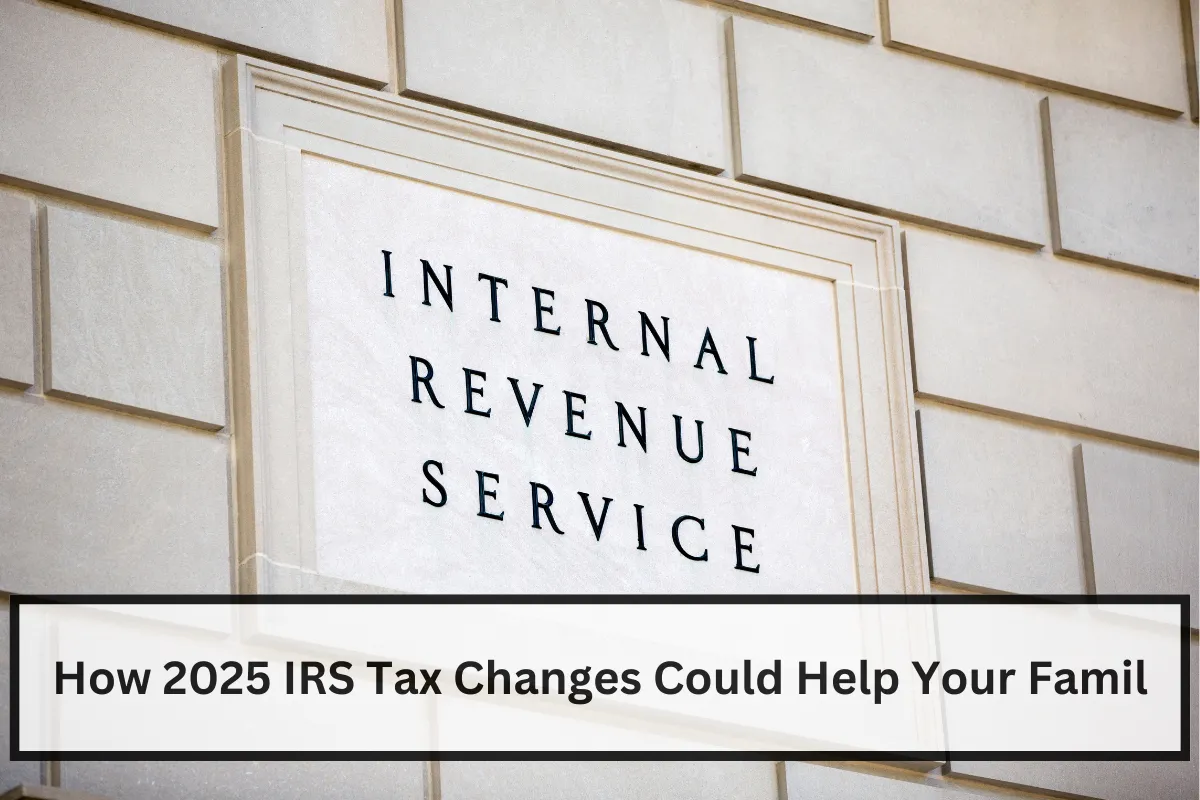The IRS has announced new changes to tax credits and income thresholds that will take effect in 2025.
These updates affect key credits like the Child Tax Credit (CTC) and the Earned Income Tax Credit (EITC), both aimed at easing financial burdens on families.
These adjustments consider inflation and aim to help middle- and low-income families manage rising costs.
Let’s dive into the major changes, including eligibility criteria and credit amounts, to help families better understand how these updates impact their tax obligations in the coming year.
Child Tax Credit (CTC) in 2025
The Child Tax Credit is designed to help families by providing tax relief for each qualifying child. Here are the main points about the CTC for 2025:
- Credit Amount: The CTC remains at $2,000 per qualifying child under 17. Families can receive up to $1,700 as a refundable credit, which means they can get this money back even if they don’t owe federal taxes.
- Income Limits: To qualify for the full credit, families need to have an adjusted gross income (AGI) of less than $400,000 if filing jointly, or less than $200,000 if filing individually. Higher-income families will see a reduced amount of the credit.
- Support for Low-Income Families: A refundable part of the credit provides much-needed financial support to low-income families, especially those not liable for federal taxes.
These changes ensure the credit remains accessible to families who need it most, especially during times of economic inflation.
Changes to the Earned Income Tax Credit (EITC)
The Earned Income Tax Credit is a vital benefit for low- and moderate-income households, offering both tax relief and refunds. Here’s what’s new for 2025:
- Increased Maximum Credit: The maximum EITC amount for families with three or more children will rise from $7,830 in 2024 to $8,046 in 2025. Families with two children can receive up to $7,152, while those with one child can get $4,328. Individuals without children are eligible for up to $649.
- Eligibility Income Caps: Married couples with three or more children must have an AGI below $68,675, while single filers, heads of households, or widows need an AGI under $61,555 to qualify for the full EITC.
The EITC is targeted at helping working families who might struggle with their tax obligations. The increase aims to offset some of the financial pressures due to inflation, giving eligible households more funds to support essential needs like housing, childcare, and transportation.
Purpose and Impact of the Tax Changes
The 2025 updates aim to adjust tax credits to match current economic conditions, which helps working families meet the rising cost of living.
By increasing the CTC and EITC limits and amounts, the IRS is making it easier for middle- and low-income households to benefit.
These adjustments will especially support families by reducing tax burdens and offering refunds, helping them afford everyday expenses in a financially challenging climate.
The IRS’s 2025 tax updates bring important changes for many families. By maintaining the Child Tax Credit and increasing the Earned Income Tax Credit, the IRS is helping working families face economic challenges head-on.
These updates aim to provide financial support where it’s most needed, ensuring families can handle costs more effectively.
As inflation continues, these tax credits serve as valuable resources to improve household stability, making everyday essentials more accessible.
What is the Child Tax Credit for 2025?
The Child Tax Credit allows eligible families to claim up to $2,000 per child under 17. Up to $1,700 is refundable.
Who qualifies for the full Child Tax Credit?
Families with an AGI under $400,000 (joint filers) or under $200,000 (individuals) can qualify for the full credit.
How much is the Earned Income Tax Credit in 2025?
The maximum EITC for 2025 is $8,046 for families with three or more children. Individuals without children can get up to $649.
What are the income limits for the Earned Income Tax Credit?
Married couples with three or more children need an AGI under $68,675, while individuals or heads of households need an AGI under $61,555.
Why are these tax credit changes happening?
The IRS is adjusting these credits to reflect inflation, helping families manage rising costs and maintain financial stability.




















